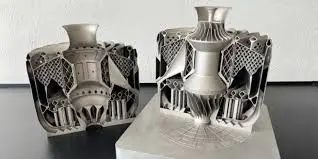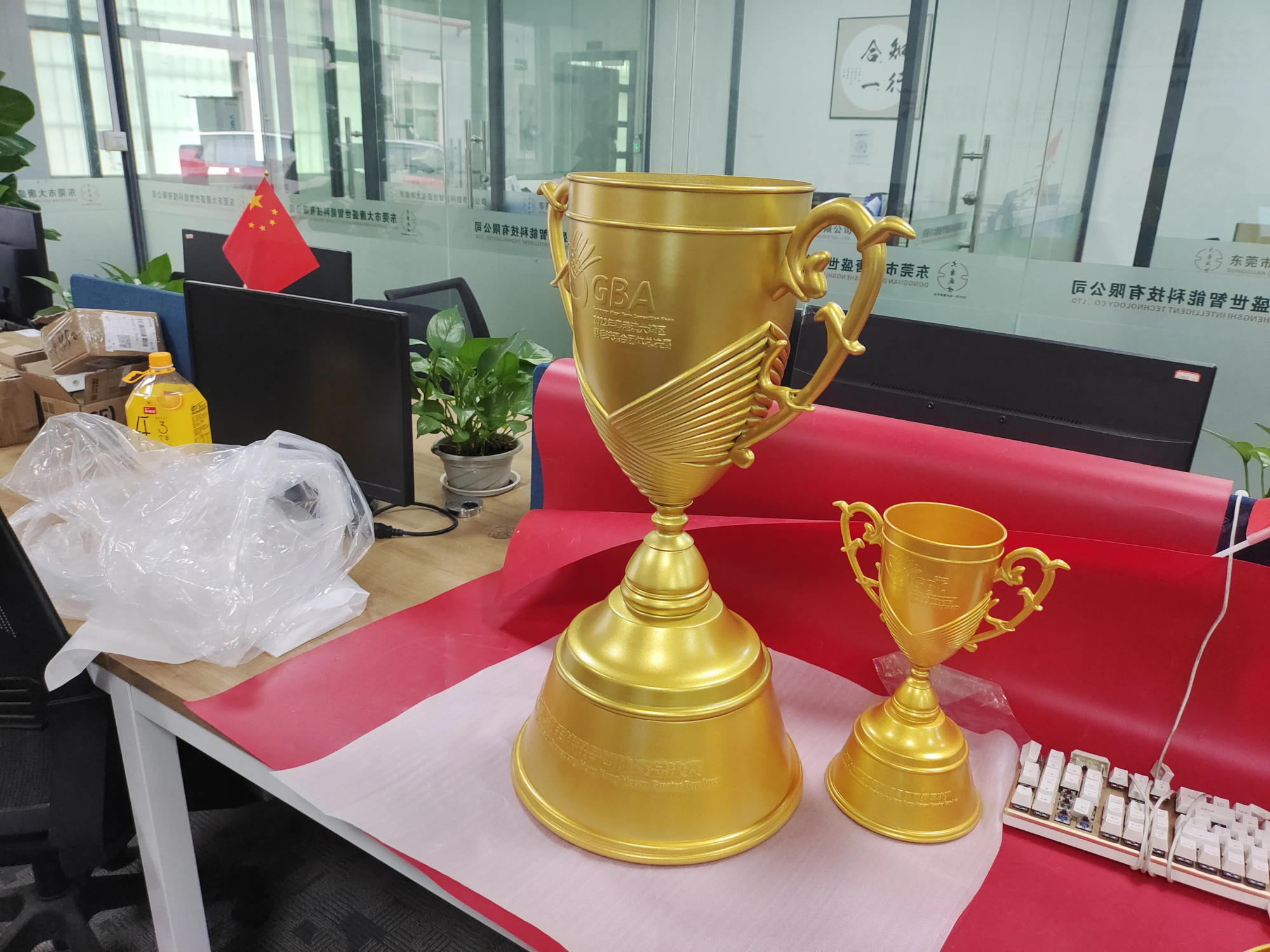Unlocking efficiency: Uncovering 3D printer AM and its industrial impact
The world of 3D printing continues to evolve, integrating innovation and practicality. A groundbreaking progress is Automated Materials Systems (AMS)changing the multi-matter printing of the game. Let’s explore what AMS is, how it changes workflows and why it’s important in professional manufacturing, especially industrial technologies that are paired with industrial technologies, such as those utilizing leaders such as Greatlight.
What exactly is a 3D printer?
Take this as the core Automated Materials System It is a hardware module integrated with compatible 3D printers (mainly fusion deposition modeling or FDM systems). It can self-manage multiple filament spools (usually four or more) and can switch seamlessly between material/color in a single print job. Key features include:
- Multi-material flexibility: Print complex designs that combine rigidity, flexibility or composite plastics without manual intervention.
- Humidity protection: The chamber sealed with a desiccant keeps moisture-sensitive materials (such as nylon) dry.
- Intelligent detection: Sensors monitor silk availability and alert users during jam or exhaustion.
- Error recovery: After a power outage or material failure occurs, print will resume.
Beyond Amateurs: AMS in an industrial environment
Although AMS units shine in consumer-grade FDM settings, Philosophy of automation Permeable industrial 3D printing is also in the manufacturing of metal additives. This is what the company likes Great Excel:
- Metal AMS analogues: Industrial Selective Laser Melting (SLM) printers use automatic powder processing systems. These units manage metal powder storage, distribution, recycling and screening – ensuring consistency during high-risk periods.
- Speed and accuracy: Automation minimizes human errors in material changes, thereby increasing the repetition of critical applications such as aerospace or medical prototypes.
- Post-processing synergy: Integrated system (like Greatlight’s One-stop post-processing) combines automated construction with finishing stages (heating treatment, CNC machining or surface polishing) for turnkey production.
How AMS improves professional 3D printing
- Complex geometric shapes: Designers create parts with dissolved support structures (using AMS’s PVA filaments) or gradient characteristics.
- Supply Chain Resilience: Printing with different materials can reduce dependence on external suppliers.
- Reduce waste: Unused filaments retract the sealed AMS unit to avoid degradation.
Why Greatlight Masters is proficient in industrial grade materials
As a pioneer Rapid metal prototypingGreatlight goes beyond traditional AMS applications by integrating automation into its SLM workflow:
- Cutting-edge SLM printer: Deploy AI-driven material management for metals (aluminum, titanium, stainless steel) to ensure optimal powder flow and oxygen control.
- End-to-end customization: From CAD to the completion part, Greatlight’s expertise includes:
- Material flexibility: Customize custom alloys that fit client specifications.
- Precise completion: CNC milling, EDM or anodizing through internal facilities.
- speed: Fast turnover of prototypes or small batches.
- Industry agnosticism: The service sector requires precise quality control, requiring precise accuracy (automatic, robotics, healthcare).
Conclusion: The future is automated
3D printers are not just a tool; it is a paradigm shift toward smarter, more efficient production. In consumer printing, it democratizes multi-material creativity. Industrially, automated material systems, such as those in Greatlight’s SLM ecosystem, have unprecedented accuracy and scalability. By combining automation with deep technical expertise, companies can push boundaries faster, cheaper and greener.
Whether it is manufacturing hybrid plastic-metal components or mass-produced aerospace parts, including material automation is the blueprint for tomorrow.
FAQs about 3D printer AMS
Q1: Is AMS compatible with all 3D printers?
no. AMS units are designed for specific printer models (such as BAMBU laboratory systems). Industrial metal printers use proprietary automated material handling procedures.
Q2: Can AMS handle specialty silks such as carbon fiber or metal plastic?
Yes, but check printer compatibility. Abrasive material may wear the nozzle faster – matte components are recommended.
Q3: How does automation make metal 3D printing beneficial?
Automated powder management slash pollution risks ensures precise layer deposition and enables lighting production.
Q4: Why choose a service like the metal Greatlime Am AM instead of a DIY printer?
Industrial SLM printers cost six figures + and require expertise in metallurgy, gas control and pressure analysis. Greatlight provides affordability, speed and end-to-end completion without capital investment.
Question 5: Will multi-matter printing affect structural integrity?
If the material is chemically compatible and the bonding parameters (layer temperature, cooling) are optimized, the AMS output remains structurally sound. Greglight’s SLM process can avoid this by holistic metal construction.
Q6: Can I make it with plastic through AMS and then use metal instead?
Absolutely! Services like Greatlight first allow for low-cost plastic prototypes, then use geometry in titanium or Inconel – using compatible CAD files.
use Great– Automation is in place where expertise is in line with. Instant quotes of precise parts tailored to your hardest requirements →





